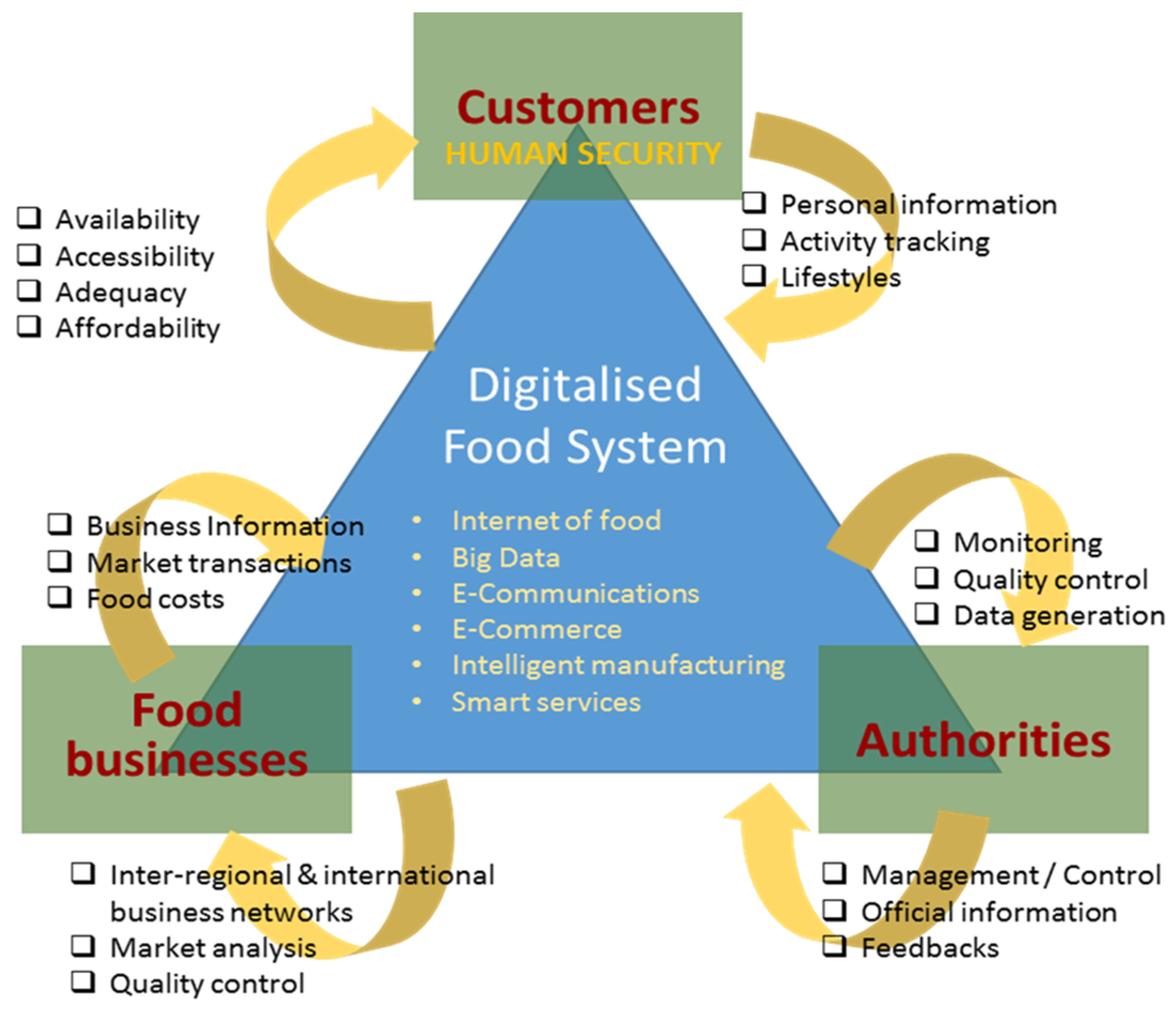As seen in the previous articles, the domination in the news of certain conflicts means that there is precious little time or space for the remaining 20 or 30 conflicts; going on throughout the world. If it is indeed a trend that the conflicts that are chosen are those that involve Western powers directly or are close to their vital’ interests, then this means that in the post-Cold War environment, conflicts in Africa will not be chosen for heavy coverage. This appears to be the case.
Saturation coverage was given to Somalia in the early 1990s with US involvement, and a certain amount of coverage was given to Rwanda towards the end of the genocide in 1994.
There was further coverage after the genocide, with the media focusing on the plight of the refugees in the camps in eastern Zaïre. This culminated in the approval and preparation for an intervention in 1996 to be led by Canada involving US troops, but coverage ended abruptly when Rwanda invaded pre-emptively and the intervention was called off. Coverage of African conflicts appeared to end there, with very low levels of coverage of conflicts in the DRC, Angola, Sierra Leone and Ethiopia-Eritrea. It was only in 2004 that a significant amount of coverage began to be given to an African conflict, Darfur in western Sudan, although it has failed to overcome Iraq as the dominant conflict in the media.
Statistics show this situation clearly. In the first three months of 1999, the combined coverage of the DRC, Angola, Sierra Leone and Ethiopia-Eritrea (all of which were experiencing significant resurgence of violence) on the international pages of the New York Times dropped from 6 percent in January to less than 1 percent in March, as coverage of Kosovo rose. In 2000, the BBC devoted 8.5 percent of its coverage to Africa, while CNN devoted 6 percent. On both stations, more coverage was given to violence in Zimbabwe targeting white farmers than to the large-scale conflict in the DRC. On the websites of the three main newswire services studied in 2005, no African country was among the ten most covered countries.
Global Media Assimilation
There is a huge variety of news corporations in print, broadcast and even internet across a broad background of countries, languages and cultures. Wire services have offices in more than one hundred countries. Yet it would appear that news agendas are incredibly similar when it comes to foreign conflicts. That is, they give a high priority to the same ‘chosen’ conflict of the times; and very little coverage to the others, including Africa’s conflicts. This is not to suggest that the media corporations agree on these issues, but they increasingly tend to agree on which issues are important. This is seen not only in the Western world, but beyond, even in Africa itself.
|
Corporation |
Type |
Period |
Coverage of Africa |
|
CNN |
Television |
2000 |
6% |
|
BBC |
Television |
2000 |
9% |
|
New York Times |
Newspaper |
2000 |
7% |
|
Le Monde |
Newspaper |
2000 |
9% |
|
Yomiuri |
Newspaper |
2000 |
2% |
|
AFP |
Newswire |
Jan-Jun 2005 |
3% |
|
AP |
Newswire |
Jan-Jun 2005 |
1% |
|
Reuters UK |
Newswire |
Jan-Jun 2005 |
7% |
|
BBC World News |
Radio |
Jul-Dec 2005 |
10% |
|
RFI |
Radio |
Jul-Dec 2005 |
24% |









